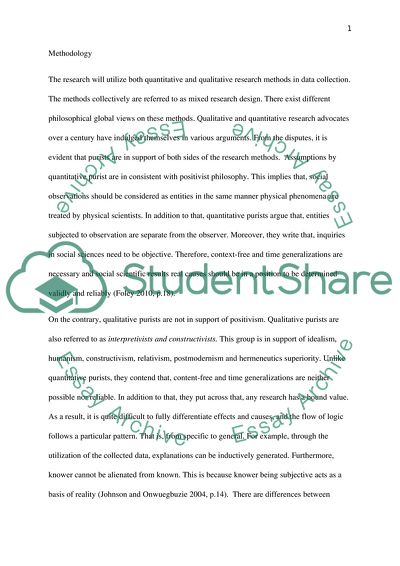Cite this document
(The Evaluation what Technological Needs and Barriers do International Students Coursework Example | Topics and Well Written Essays - 3000 words, n.d.)
The Evaluation what Technological Needs and Barriers do International Students Coursework Example | Topics and Well Written Essays - 3000 words. https://studentshare.org/journalism-communication/1768433-to-evaluate-what-technological-needs-barriers-do-international-students-face-in-accessing-the-library-services-at-bournemouth-university
The Evaluation what Technological Needs and Barriers do International Students Coursework Example | Topics and Well Written Essays - 3000 words. https://studentshare.org/journalism-communication/1768433-to-evaluate-what-technological-needs-barriers-do-international-students-face-in-accessing-the-library-services-at-bournemouth-university
(The Evaluation What Technological Needs and Barriers Do International Students Coursework Example | Topics and Well Written Essays - 3000 Words)
The Evaluation What Technological Needs and Barriers Do International Students Coursework Example | Topics and Well Written Essays - 3000 Words. https://studentshare.org/journalism-communication/1768433-to-evaluate-what-technological-needs-barriers-do-international-students-face-in-accessing-the-library-services-at-bournemouth-university.
The Evaluation What Technological Needs and Barriers Do International Students Coursework Example | Topics and Well Written Essays - 3000 Words. https://studentshare.org/journalism-communication/1768433-to-evaluate-what-technological-needs-barriers-do-international-students-face-in-accessing-the-library-services-at-bournemouth-university.
“The Evaluation What Technological Needs and Barriers Do International Students Coursework Example | Topics and Well Written Essays - 3000 Words”. https://studentshare.org/journalism-communication/1768433-to-evaluate-what-technological-needs-barriers-do-international-students-face-in-accessing-the-library-services-at-bournemouth-university.


